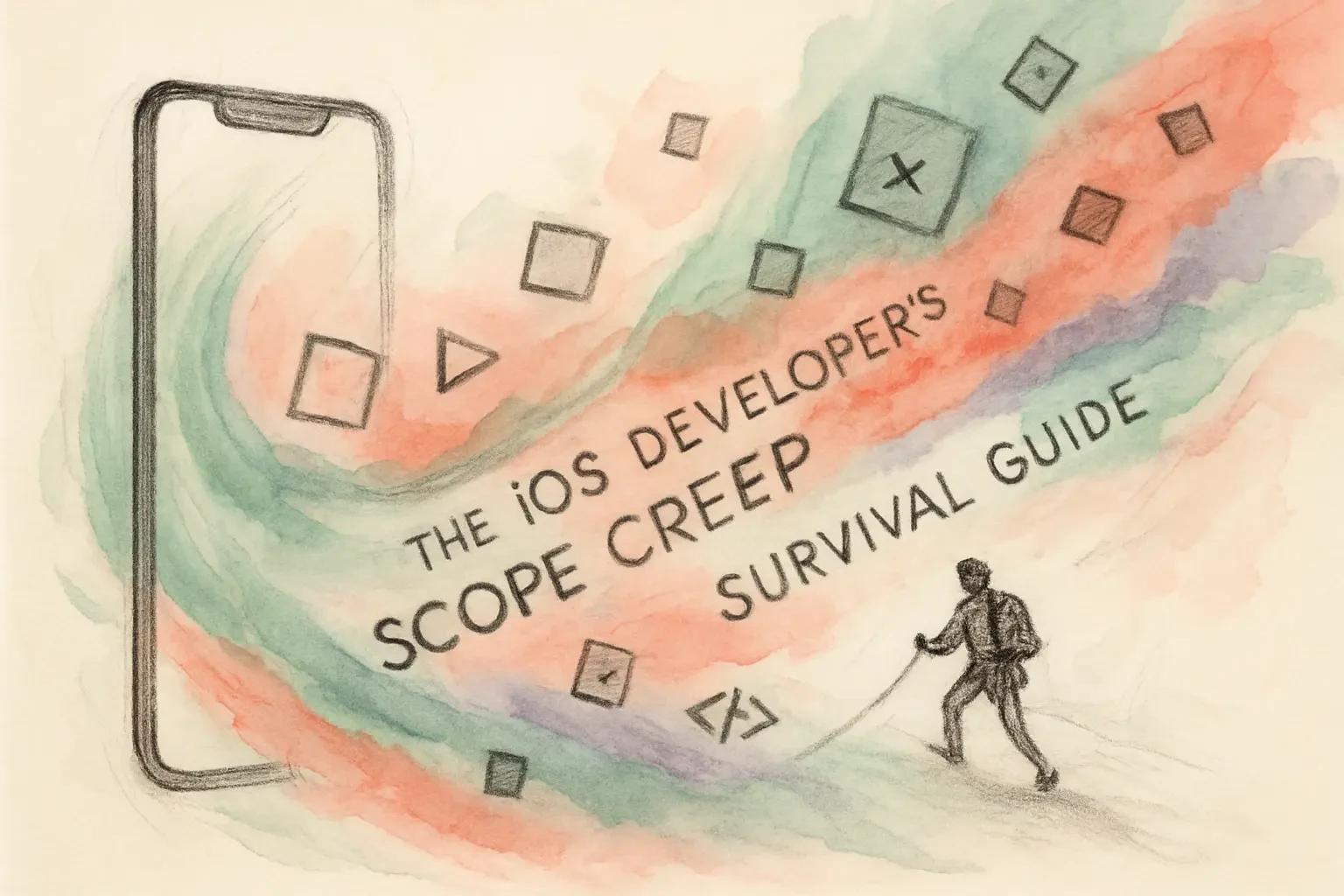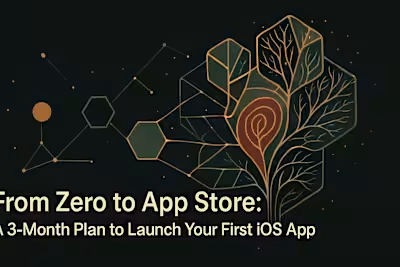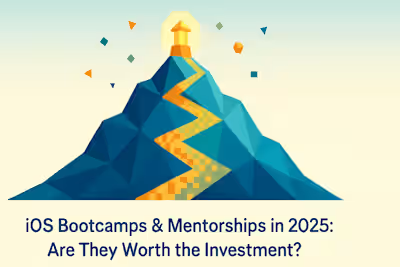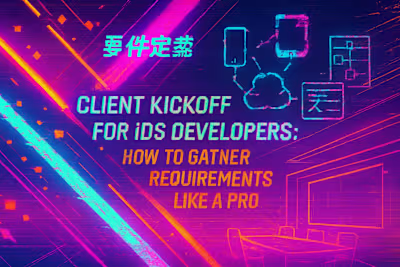The iOS Developer's Scope Creep Survival Guide

The iOS Developer's Scope Creep Survival Guide
What is Scope Creep and Why is it Dangerous?
Defining Scope Creep in Software Projects
The Impact on Timelines, Budgets, and Quality
Prevention: Your First Line of Defense
The Iron-Clad Statement of Work (SOW)
Establishing a Formal Change Control Process
Educating the Client About Scope from the Start
Tactful Ways to Say 'No' (or 'Not Now')
The 'Yes, and...' Technique
Offering Alternatives and Prioritization
Referring Back to the Original Agreement
When to Accommodate and When to Stand Firm
Assessing the Impact of the Request
The 'Goodwill' Bank: Building Relationship Equity
Conclusion
References
The iOS Developer's Scope Creep Survival Guide
What is Scope Creep and Why is it Dangerous?
Defining Scope Creep in Software Projects
The Impact on Timelines, Budgets, and Quality
Prevention: Your First Line of Defense
The Iron-Clad Statement of Work (SOW)
Establishing a Formal Change Control Process
Educating the Client About Scope from the Start
Tactful Ways to Say 'No' (or 'Not Now')
The 'Yes, and...' Technique
Offering Alternatives and Prioritization
Referring Back to the Original Agreement
When to Accommodate and When to Stand Firm
Assessing the Impact of the Request
The 'Goodwill' Bank: Building Relationship Equity
Conclusion
References
Posted Jul 6, 2025
Protect your projects and your sanity. This guide offers iOS developers tactful ways to manage scope creep, say 'no' to extra requests, and keep your projects on track.










